This was a nice day out in the Upper Blue Mountains – looking for heritage sites. The party was Bob, Doug, Pete and myself.
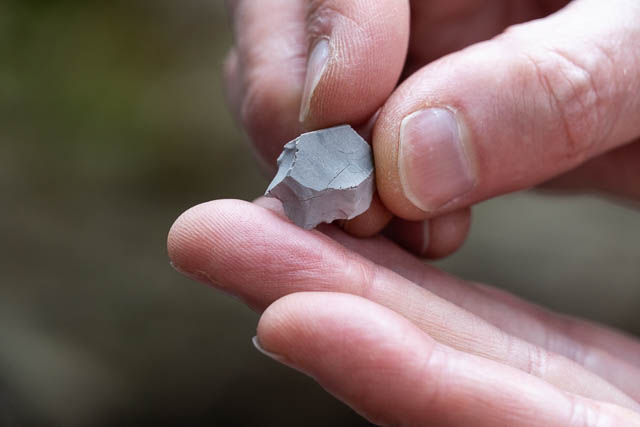
During the day we examined a most interesting Aboriginal site – an occupation shelter, which had ochre and charcoal art, as well as a curious rock engraving, and lots of stone tools. We also looked at the remains of two old buildings. And the wild flowers and scenery were also impressive.
On the walk in to the cave, which Pete had been to before, we saw a lot of Waratahs. Most of he flowers were still developing and should be better in a week or two.
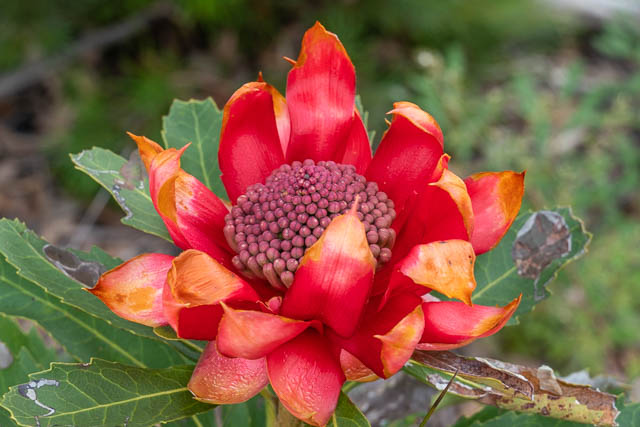
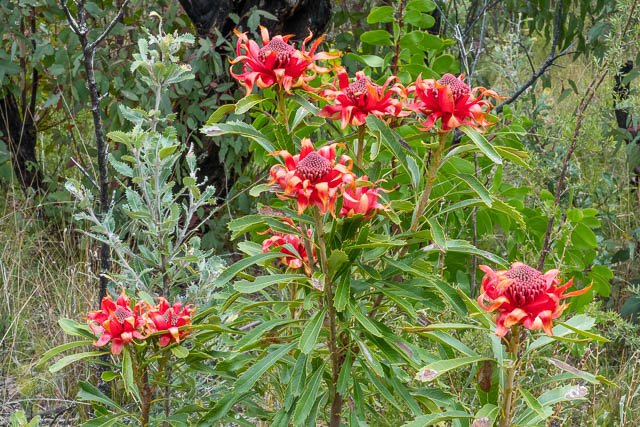
We then tried to find the cave. Pete had a good idea where to look, so we examined the side of a ridge looking for possible cliffs that could have an overhang.
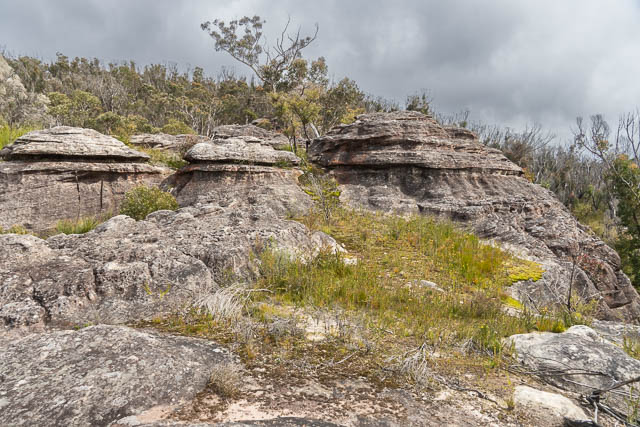
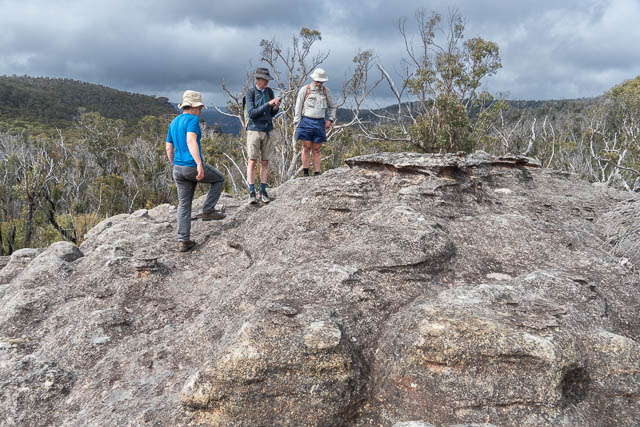
Eventually Bob and Doug found the cave. One red hand stencil was quite clear.
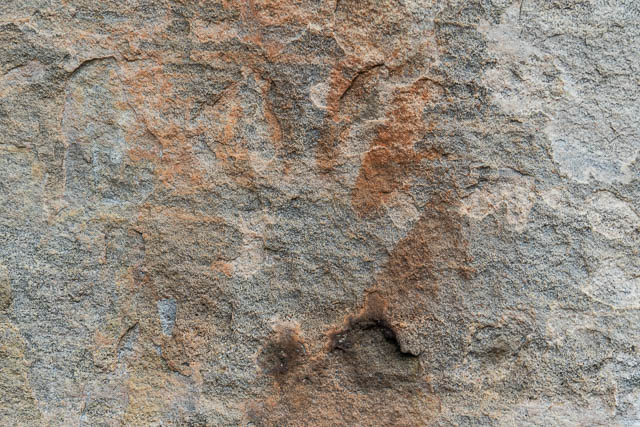
Here is some charcoal art.
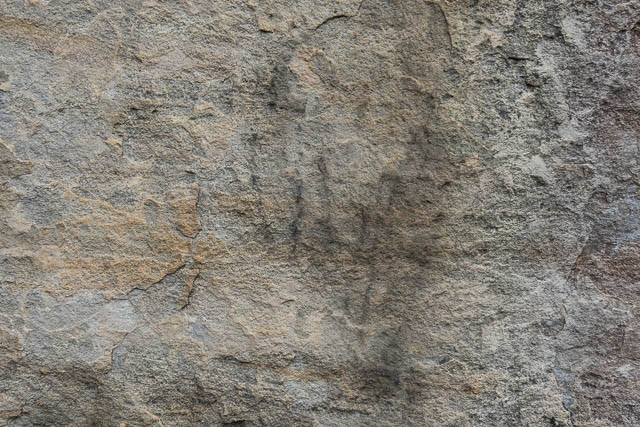
This hand stencil is harder to make out.
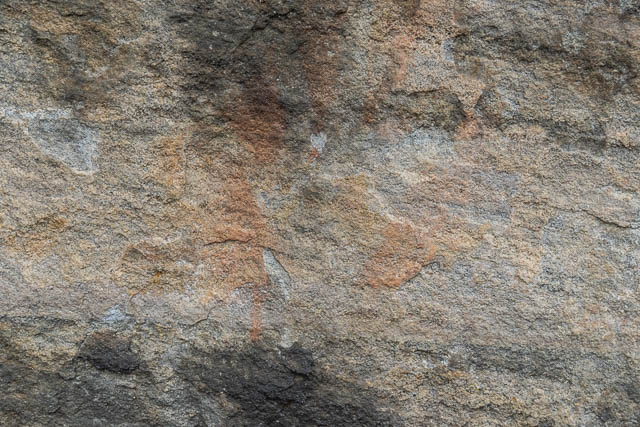
And there were several bits of ochre art like this –
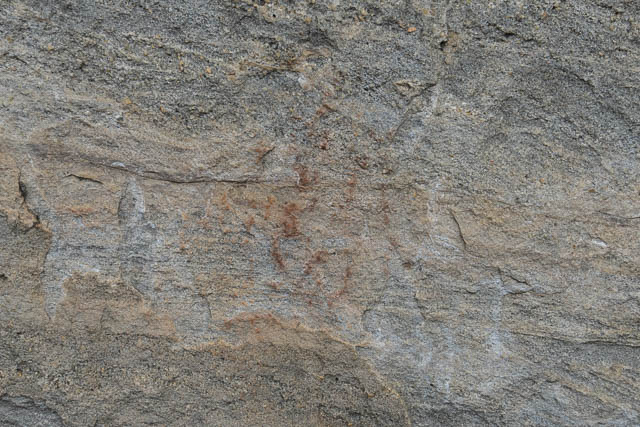
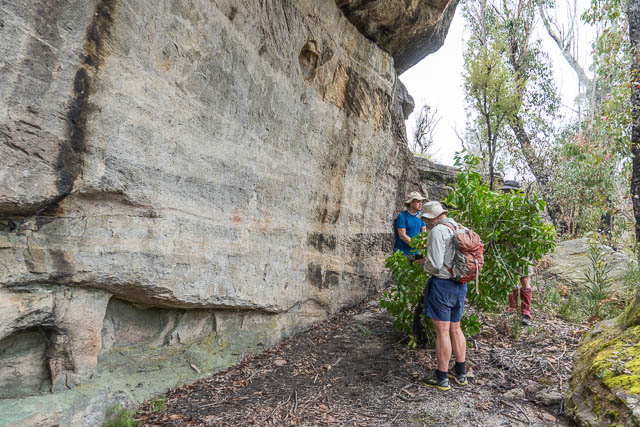
On a large boulder just outside the cave was a curious engraving. It had been made using a pecking technique. And a stone had been placed over it – perhaps to hide it, or for protection from the elements.
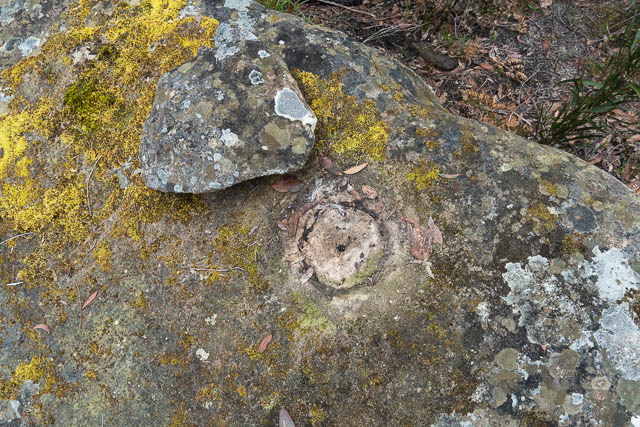
In the drip line, we also found a lot of stone tools. Most small sharpened flakes that would have been used for cutting.
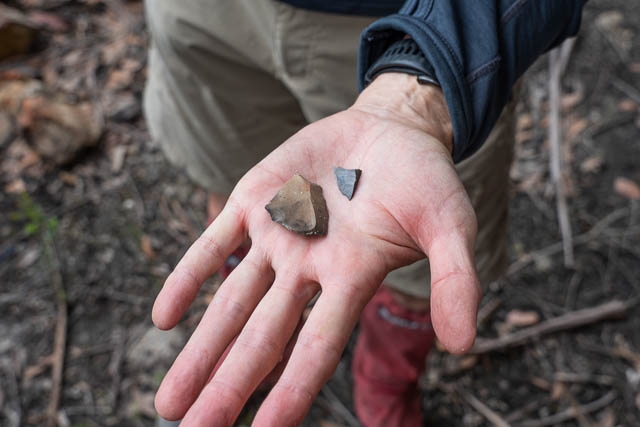
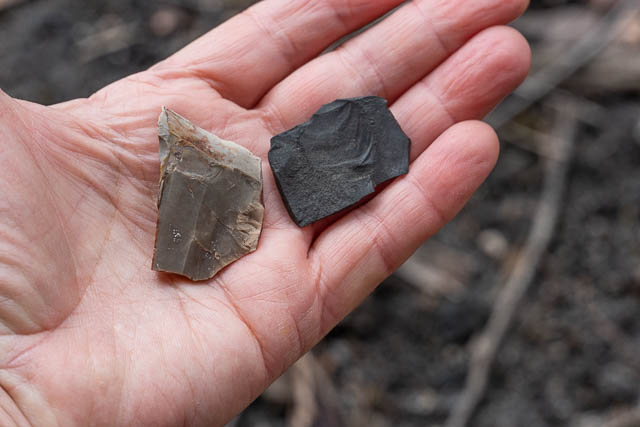
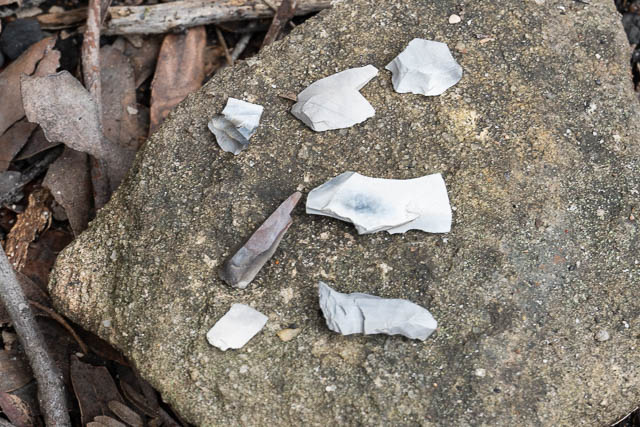
All of these tools were made from rock types that are not found in the locality. And they all had clear evidence of knapped edges.
Pete showed us some useful software he had on his phone. It could be used to enhance cave art. It certainly worked very well. The photo below shows two red hand stencils. But they are hard to make out.
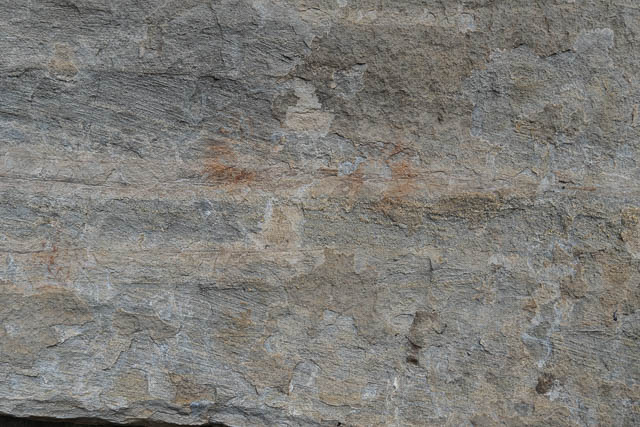
Pete’s photo, shown below, was obtained using his app. On the left, the two red hand stencils are very clear. You can also see another hand stencil on the right.
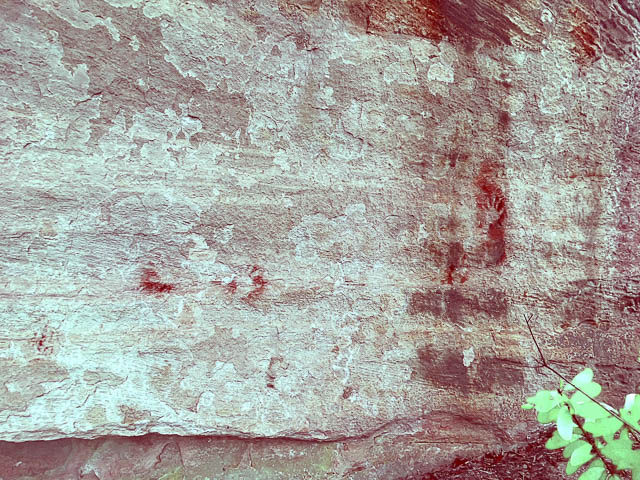
After this, we visited two early European heritage sites. Both were the remains of old huts – made from local stone and imported bricks. These ruins were associated with an early coal mining activity, and are about 200m apart.
Ruin 1
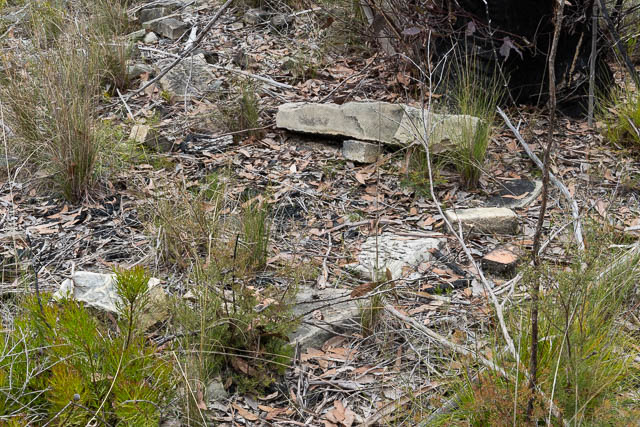

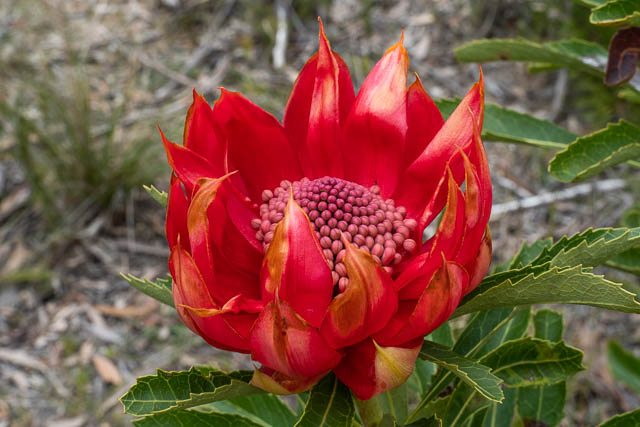
Ruin 2
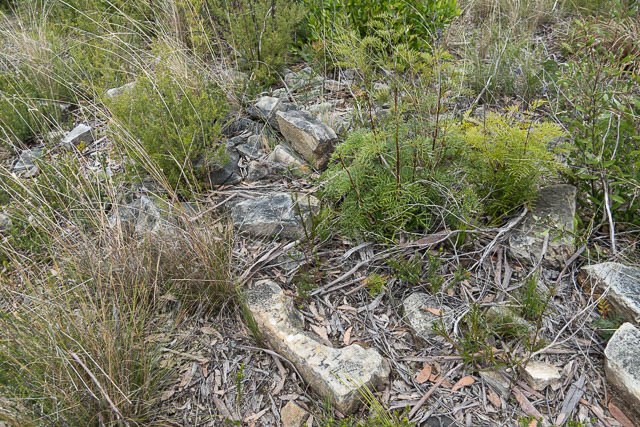
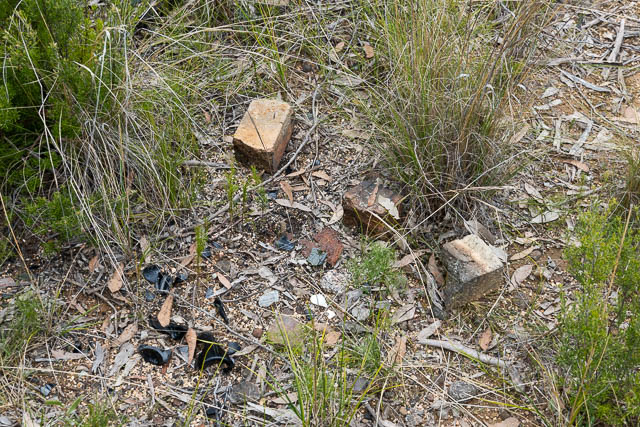
We also spotted a number of Caladenia sp. Orchids.
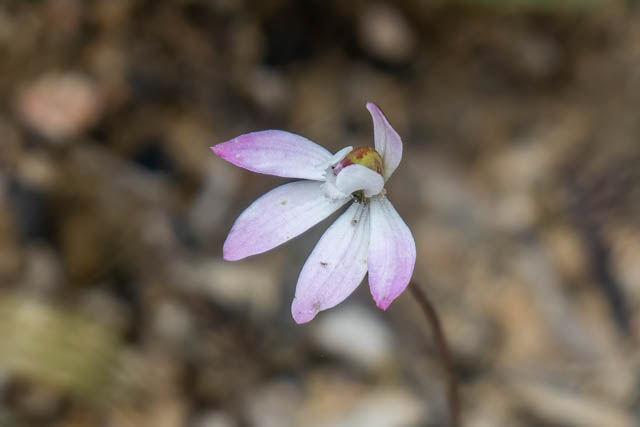
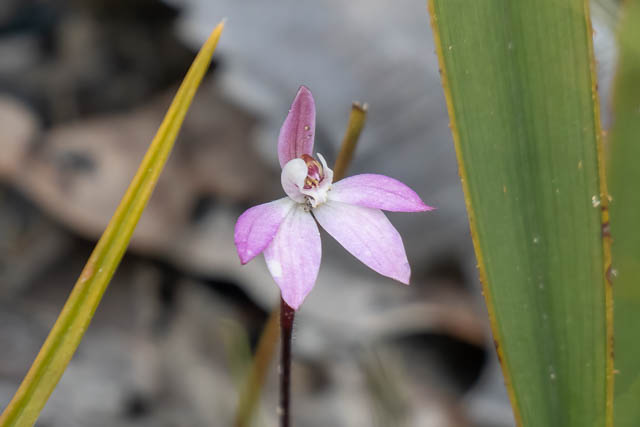
Then we climbed up to a high vantage point that provided nice views.
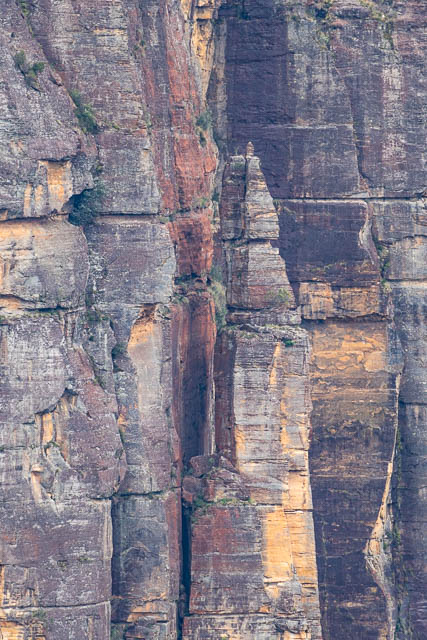
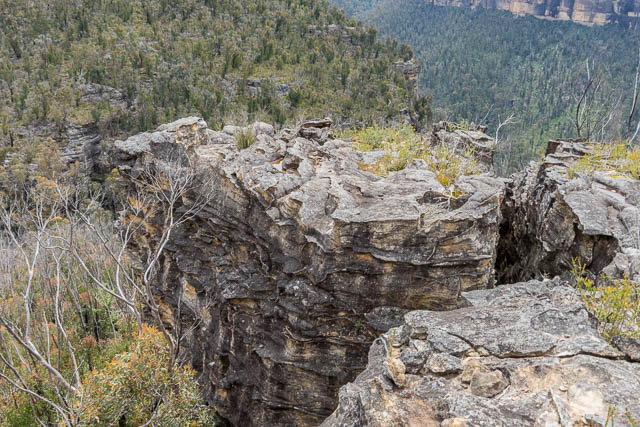
Waling back, we spotted more orchids –
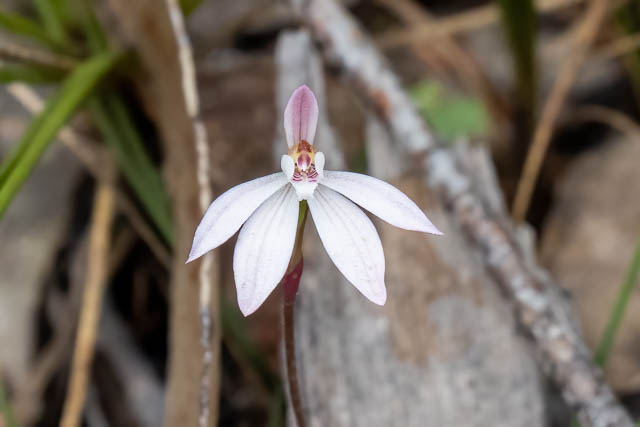
This weevil (Talaurinus foveatus) seems to be eating the cutting grass blade –
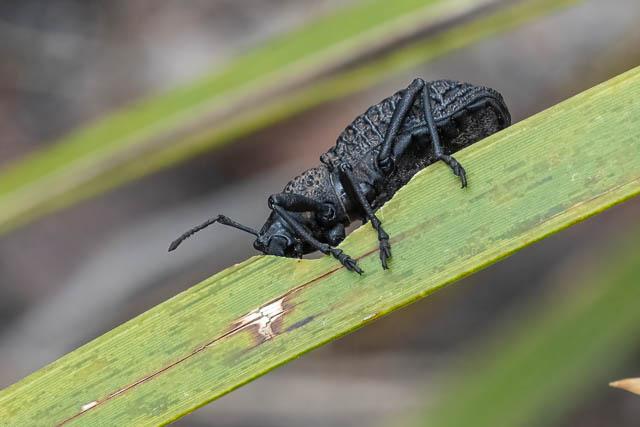
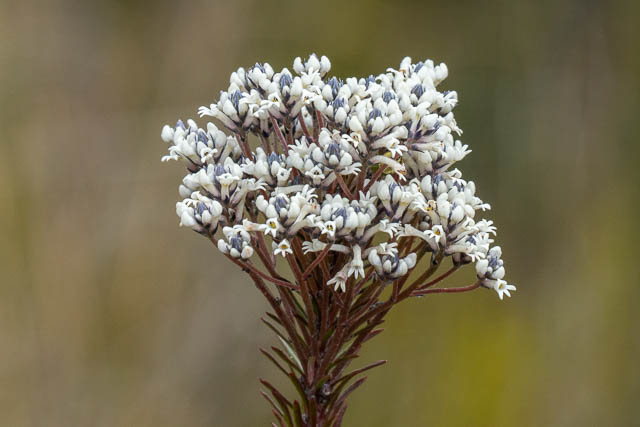
Hibbertia sp.
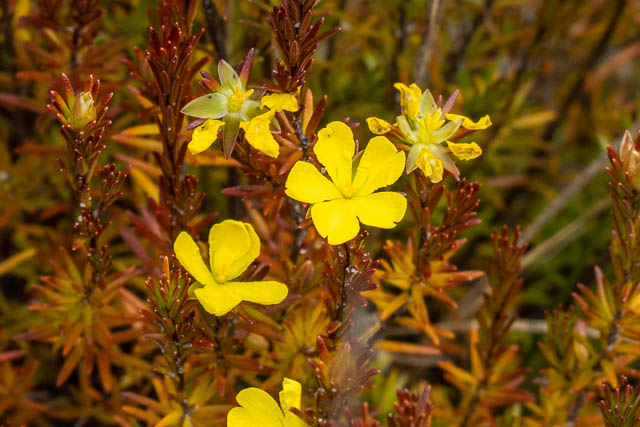
Dillwynia elegans
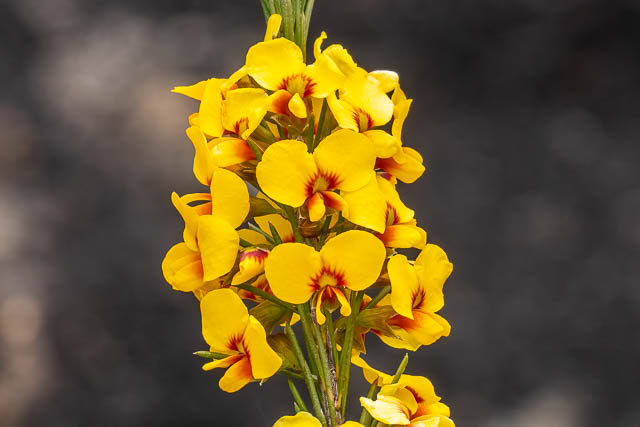
Dampiera stricta
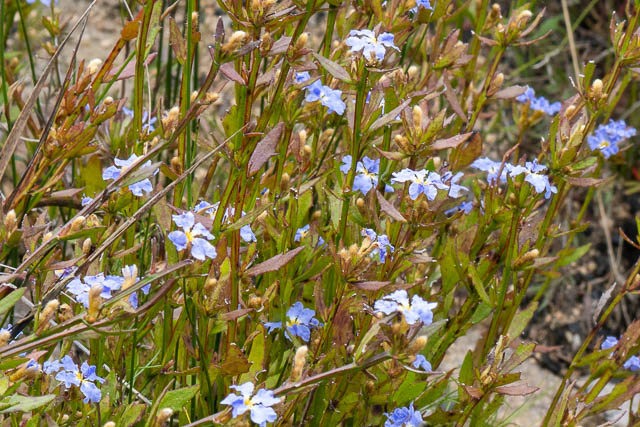
Caladenia sp. Orchids
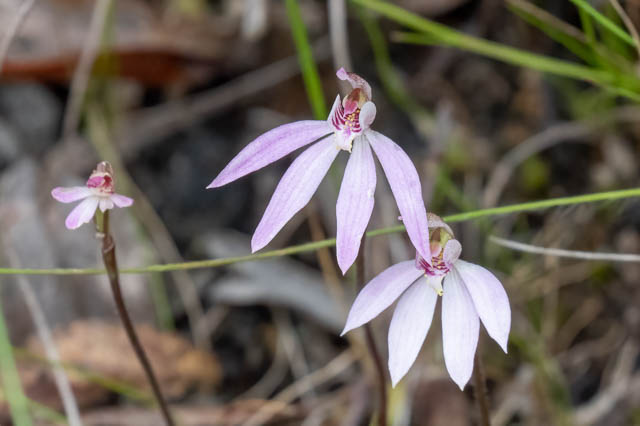
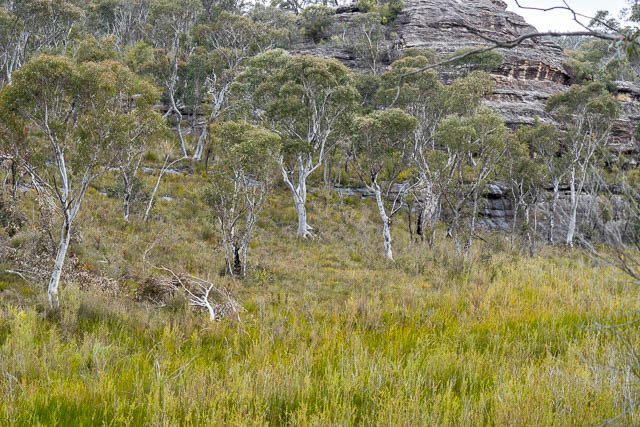
Boronia floribunda
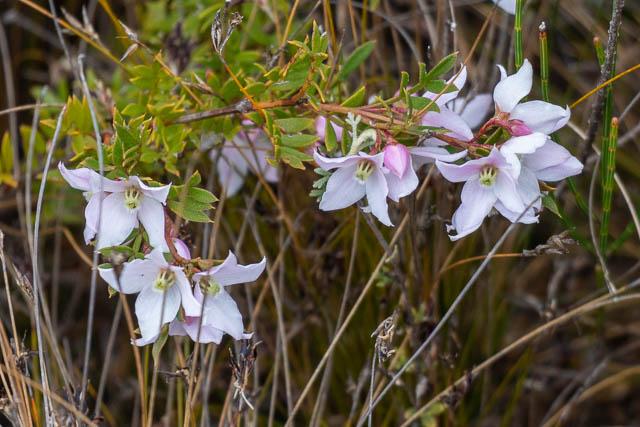
This had been a very interesting excursions. Many thanks to Pete for sharing his knowledge of the Aboriginal site.
